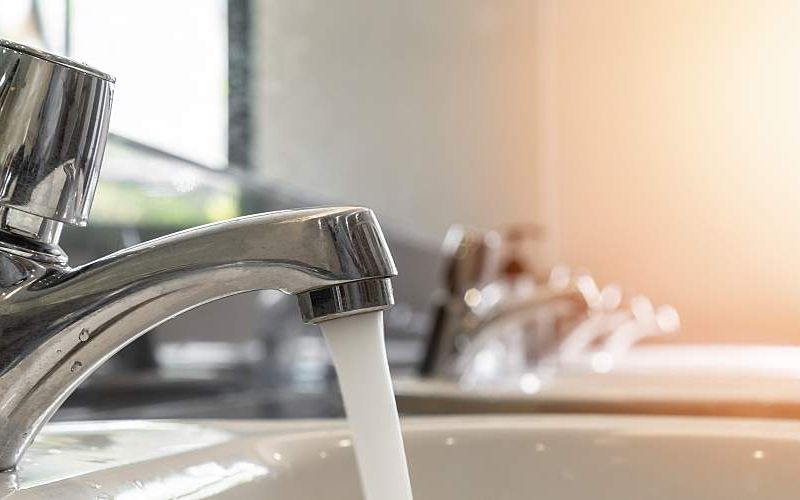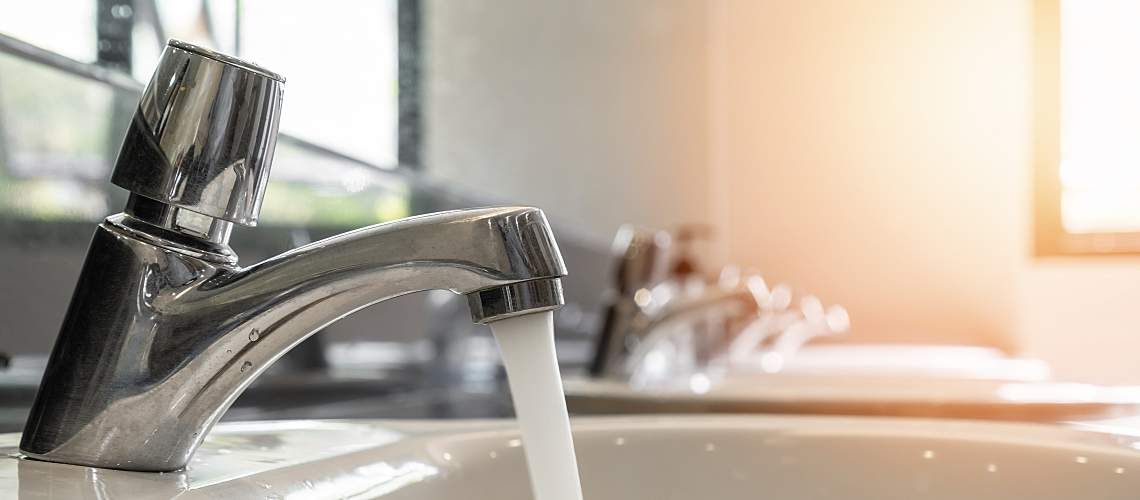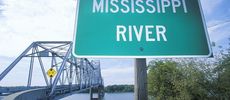Lead Testing in Public School Water: Are We Doing Enough?


In an analysis of lead testing in public school water in seven U.S. states between 2016 and 2018, amounts of lead above the state action level were identified in all states. In four states, 20% of schools identified one or more samples of lead concentration exceeding five parts per billion. The Environmental Protection Agency (EPA) has an action level of 15 parts of lead per billion parts of water for public water systems.
In the study, published in the American Journal of Public Health in September 2022, Harvard researchers noted that many students attended public schools in states without drinking water testing programs for lead concentrations. The team also noted that "initiating uniform school drinking water lead testing programs and surveillance over time could be used to reduce risk of lead exposure in drinking water."
Methodology
The team analyzed data from 5,688 public schools, representing 35% of eligible schools in seven states. Scanning policy records, online searches, and inquiries with state officials in all 50 states and the District of Columbia (D.C.), they focused on state-level programs and policies for drinking water lead testing in operation between January 1, 2016, and February 28, 2018.
Researchers identified that 23 states and D.C. had programs and policies for drinking water quality initiatives. Of the 27 other states, contacts in 11 (41%) confirmed there was no program or policy. One identified an eligible program, and one identified a policy that was put in place beyond the research inclusion dates. This resulted in 24 states and D.C. having eligible programs or policies.
Lead Impacts Beverage Choice
Compounding the issue, research noted that "one in 5 children and young adults in the United States do not drink water on a given day and more than half may be inadequately hydrated." Too many children routinely consume sugary beverages, they further stated, and concerns about school water quality may inhibit their water consumption.
The authors pointed out that experts agree there is no safe level of lead exposure, and some U.S. school districts have discovered elevated levels of lead in drinking water. Lead in drinking water can increase children's blood lead levels, the researchers said.
How Lead Gets Into School Water
When water service lines or plumbing system fixtures or fittings contain lead, the element can enter drinking water. Historically, federal oversight and monitoring of lead in public school drinking water have been limited, the researchers found.
If a school sources its water from wells or cisterns, federal laws regulate testing and the allowable lead concentration in drinking water. But 89% of schools obtain water from a community water system. These are subject to federal oversight for corrosion-control practices to reduce lead in the water supply, but historically, they have not included lead testing in schools served by these systems. Recent rule revisions include requirements for community water systems to test in schools and childcare settings constructed before 2014. Generally, states have provided oversight for safe drinking water in schools, with differing state approaches.
Preparing for the Future
The authors point out, "Ensuring that children attend schools where the quality of drinking water is verified is a public health priority. Broader implementation of school drinking water lead testing programs will benefit from recently enacted financial and technical supports."
As state and federal monitoring of lead concentrations in public school water continue to shift, water lab testing services remain important.






